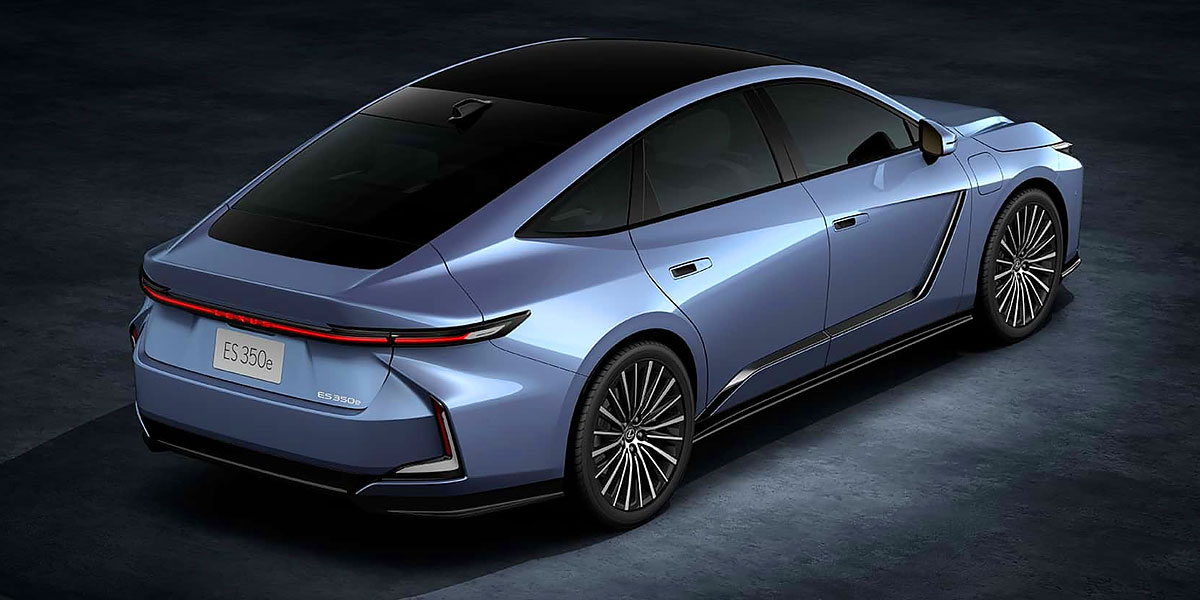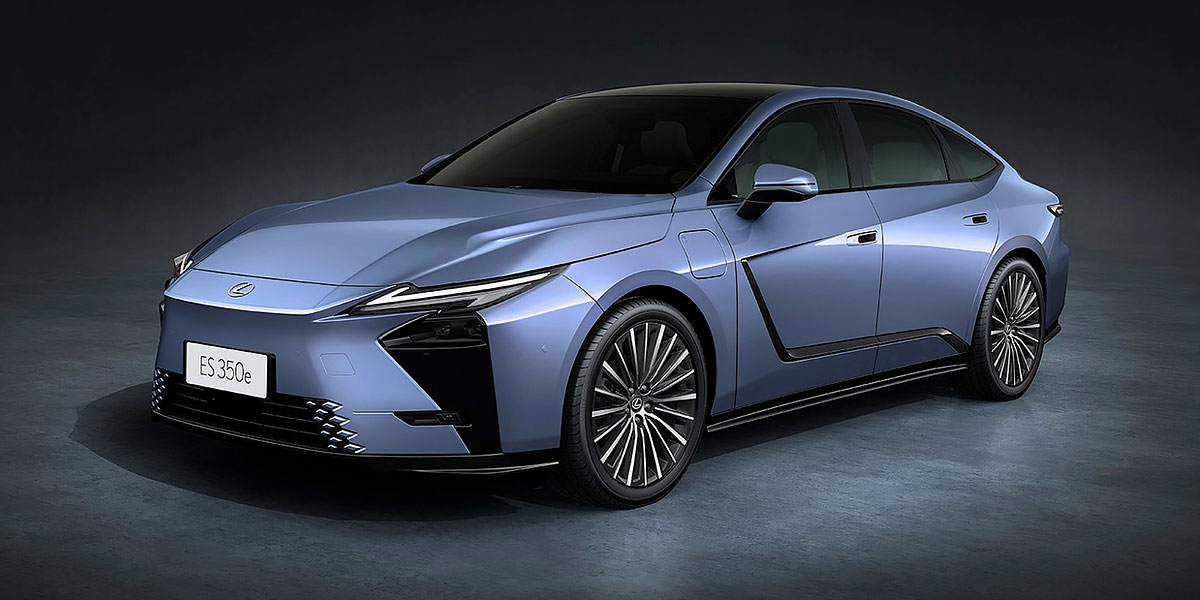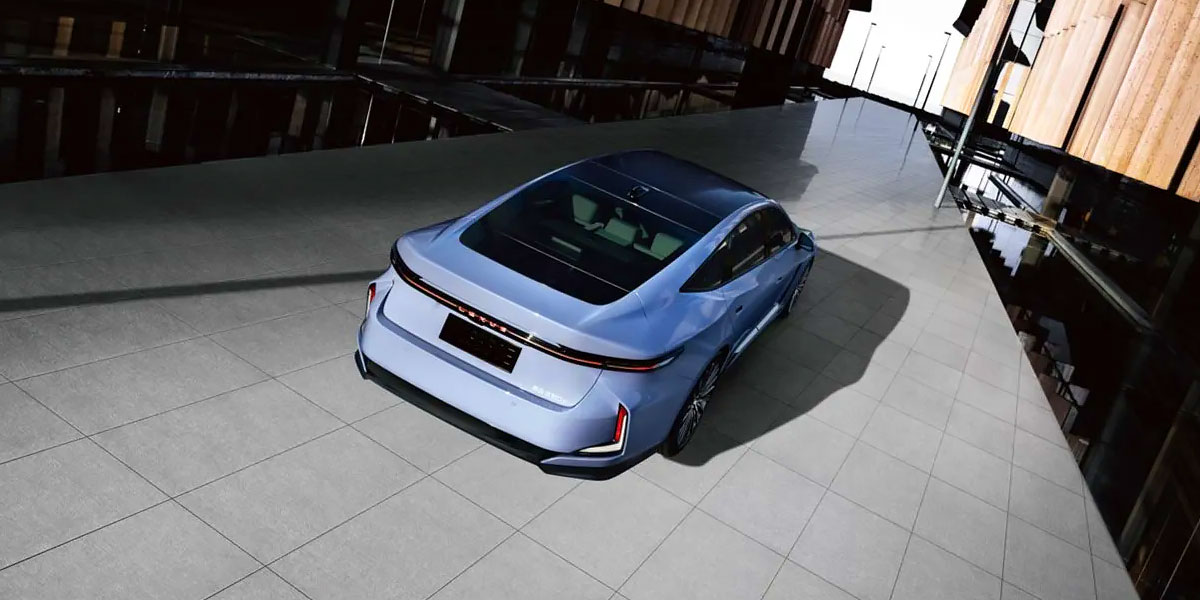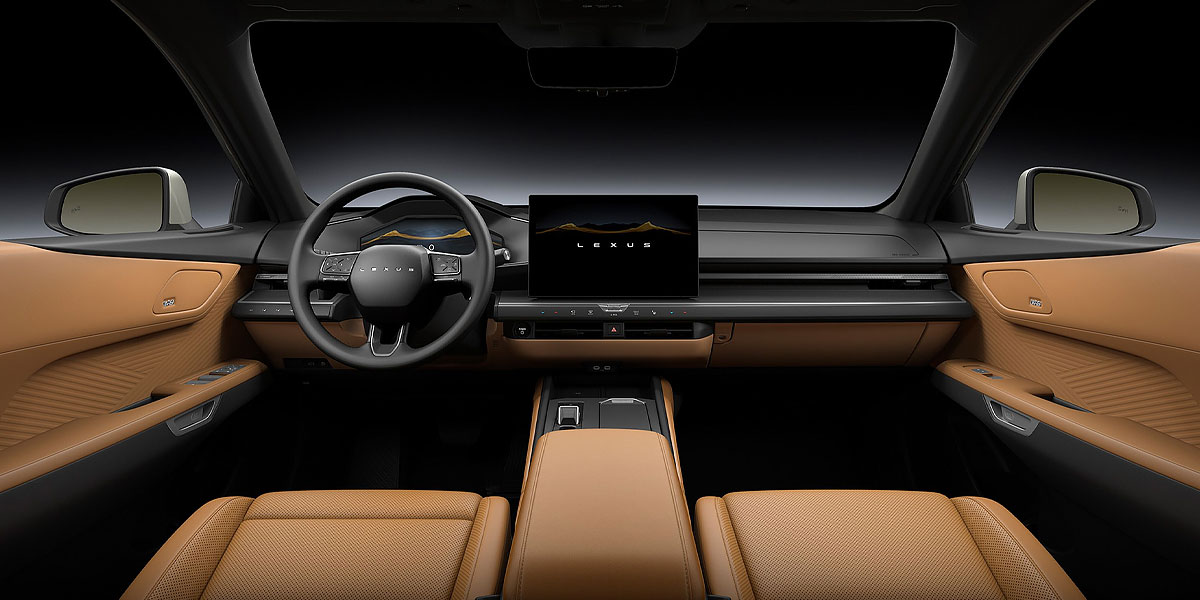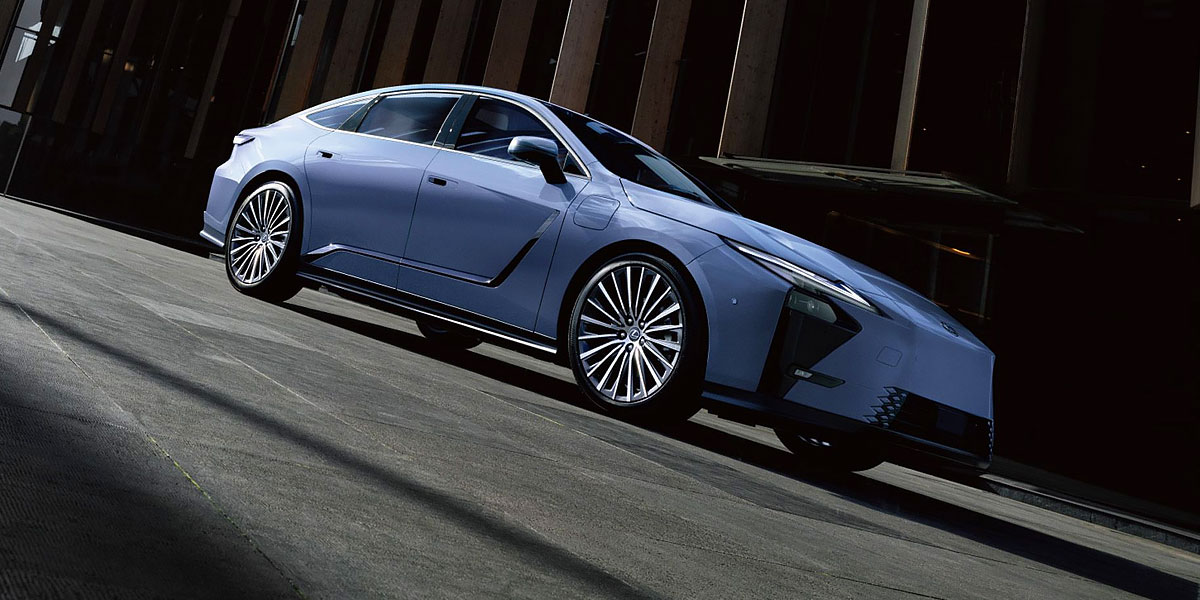Lexus ES EV 2026
User Rating: 4.48 / 5





The Lexus ES EV 2026 is a luxury electric sedan from Japan with a 77 kWh battery, 610 km (379 mi) range, 338 hp, and a top speed of 200 km/h (124 mph). Priced from $60,000 (€56,000), it combines Lexus refinement with cutting-edge EV tech and safety.
Starting price: US$ 60000 *
Technical Specifications:
| manufactured in | Japan |
| model year | 2026 |
| electric range (km) | 610 |
| battery (kWh) | 77 |
| max. speed (km/h) | 200 |
| 0 to 100 km/h (sec) | 5.9 |
| power (h.p.) | 338 |
| car type | sedan |
| drive type | FWD |
* Minimum price set by the manufacturer, excluding taxes and additional options

Exterior and Interior photos of Lexus ES EV 2026
Lexus ES EV 2026 Review
Lexus ES EV 2026: Luxury Electric Sedan Arrives with Long-Range Precision
The 2026 Lexus ES EV is where electric meets elegant. Straight out of Japan and set to arrive in showrooms by late 2026, it’s Toyota’s luxury brand throwing down the gauntlet in the high-end EV sedan segment. With a refined, tech-forward cabin, generous range, and signature Lexus craftsmanship, the ES EV wants your attention—quietly, of course, because it’s electric.
- Manufactured in Japan, the ES EV debuted at the 2025 Shanghai Auto Show as a future-facing sibling to the hybrid ES.
- With a starting price around $60,000 (€56,000), it targets premium buyers tired of the usual German badges.
- It enters the EV game swinging, offering more range than most rivals, with Lexus’s safety suite leading the way.
Lexus ES EV 2026 Specs: Performance Meets Refinement
Battery
The Lexus ES EV houses a 77 kWh lithium-ion battery under the floor, helping it achieve up to 610 kilometers (379 miles) of range on a single charge. That’s enough juice for LA to Vegas and back—if you’re easy on the pedal. The battery’s placement improves balance and handling, while fast-charging support (final specs TBA) aims to keep downtime minimal.
- Battery Capacity: 77 kWh
- Range: 610 km (379 mi)
- Estimated Charging Time: Fast charging capability (details pending)
Performance
With 338 horsepower (252 kW) flowing to the front wheels, the ES EV can scoot from 0–100 km/h (0–62 mph) in just 5.9 seconds—respectable for a luxury cruiser. Its top speed is pegged at 200 km/h (124 mph), enough to handle European highways and California express lanes with poise.
- Power Output: 338 hp (252 kW)
- Acceleration: 0–100 km/h in 5.9 sec (0–62 mph)
- Top Speed: 200 km/h (124 mph)
- Drive: Front-Wheel Drive (FWD)
Two trims are expected, with the Executive Package offering extended luxury options including reclining rear seats, ambient lighting, and advanced soundproofing.
Exterior and Interior Design: Crafted for Comfort and Style
Exterior
The ES EV gets a sleeker silhouette with inspiration from the LF-ZC concept. The front end drops the traditional Lexus grille in favor of a smoothed, aerodynamic snout. LED checkmark DRLs, a longer wheelbase (+3 inches over previous ES), and clean paneling complete the upscale exterior refresh.
Interior
Inside, the digital age meets nature. A 14-inch central touchscreen handles infotainment, while a 12.3-inch cluster provides driving data. Bamboo-textured trim, plush seating, and available Mark Levinson audio bring peace to your commute—even in bumper-to-bumper gridlock.
Pros and Cons of the Lexus ES EV 2026
Pros
- 610 km (379 mi) real-world range
- Futuristic exterior with upscale presence
- High-tech Lexus Interface system
- Safety System+ 4.0 with OTA updates
- Spacious interior with luxury trim options
Cons
- Exact U.S. charging specs still under wraps
- Top trims likely to exceed $70,000 (€65,000)
- Conservative buyers may prefer the hybrid ES
- No AWD or dual-motor variant (yet)
- Limited trunk space due to battery layout
Conclusion: Lexus Brings Serenity to the EV Segment
What Lexus has done here is offer a quiet middle finger to German EV dominance. The ES EV doesn’t shout—it whispers smoothness with every panel gap and silent acceleration. With its generous range, plush interior, and Lexus reliability, it's less about flash and more about refined substance. For buyers fed up with over-designed cockpits and inconsistent software, this could be your next calm, confident commuter.
Manufacturer: LEXUS
Watch the Video Overview
Comparison:
The 2026 Lexus ES EV throws its hat into the luxury electric sedan ring alongside competitors like the BMW i5 eDrive40, Mercedes-Benz EQE 350+, Audi A6 e-tron, and Genesis Electrified G80. All of these target the mid-$55,000 to $70,000 bracket and promise a premium electric ride with a mix of performance, range, and tech—but how does the Lexus measure up?
Range
The Lexus ES EV leads with a 610 km (379 mi) range, edging out the BMW i5 eDrive40 at 295 miles (475 km), EQE 350+ at 660 km (410 mi), and Genesis G80 at 520 km (323 mi). Only the EQE slightly surpasses Lexus, but Lexus holds its own while undercutting on price.
Acceleration
With a 0–100 km/h time of 5.9 seconds, the ES EV is no slouch, but it's slower than the Audi A6 e-tron (5.5 sec) and BMW i5 (5.7 sec). The Genesis G80 matches it at 5.9 sec, while the EQE is a hair quicker at 5.6 seconds. It’s brisk, but not sport-sedan brisk.
Power
The ES EV outputs 338 hp (252 kW), squarely between the EQE 350+ at 288 hp (215 kW) and BMW i5 at 335 hp (250 kW). The Audi A6 e-tron reaches up to 402 hp (300 kW) in dual-motor trim, which gives it a leg up—but at a premium.
Charging Time
Lexus hasn’t revealed exact figures, but with fast charging support, it's expected to be in line with rivals: about 30 minutes to 80%. The BMW and EQE both offer 10–80% in under 35 minutes on a 200 kW DC charger.
Price
The Lexus ES EV starts at $60,000 (€56,000), slightly undercutting the EQE 350+ ($68,000/€63,500) and i5 ($66,800/€62,300), while matching or beating Audi A6 e-tron and Genesis G80 on sticker price. Given its long range and loaded features, it hits the sweet spot on value.
F.A.Q.:
What is the range on a single charge?
The Lexus ES EV 2026 offers an impressive 610 km (379 miles) of range on a single charge, thanks to its 77 kWh battery pack.
How long does it take to fully charge?
Fast-charging is supported, but full charging specs are pending. Expect industry-average times of 30–45 minutes to 80% with DC fast chargers.
Are electric vehicles more expensive than gasoline cars?
While initial purchase prices are higher—like the Lexus ES EV at $60,000 (€56,000)—EVs offer lower maintenance and fuel costs over time.
What is a battery capacity?
Battery capacity refers to how much energy the battery can store. The Lexus ES EV 2026 features a 77 kWh battery, providing long-range capability.
What is the price of a Lexus ES EV 2026?
The starting price of the Lexus ES EV 2026 is around $60,000 (approximately €56,000), positioning it in the premium electric sedan segment.
What is top speed?
The top speed of the Lexus ES EV 2026 is 200 km/h (124 mph), delivering a composed driving experience even at highway speeds.
What is total power?
The ES EV generates 338 hp (252 kW), enabling brisk acceleration and a smooth, responsive ride typical of Lexus performance.
Can electric vehicles be charged at any charging station?
Most EVs, including the Lexus ES EV, are compatible with public charging networks using standard CCS ports. Always verify plug compatibility.
How does the performance of electric vehicles compare to gasoline vehicles?
Electric vehicles like the ES EV provide instant torque and smoother acceleration, often outperforming gas cars in everyday driving dynamics.
What are the environmental benefits of electric vehicles?
EVs produce zero tailpipe emissions, reducing air pollution and dependence on fossil fuels when paired with renewable electricity sources.




